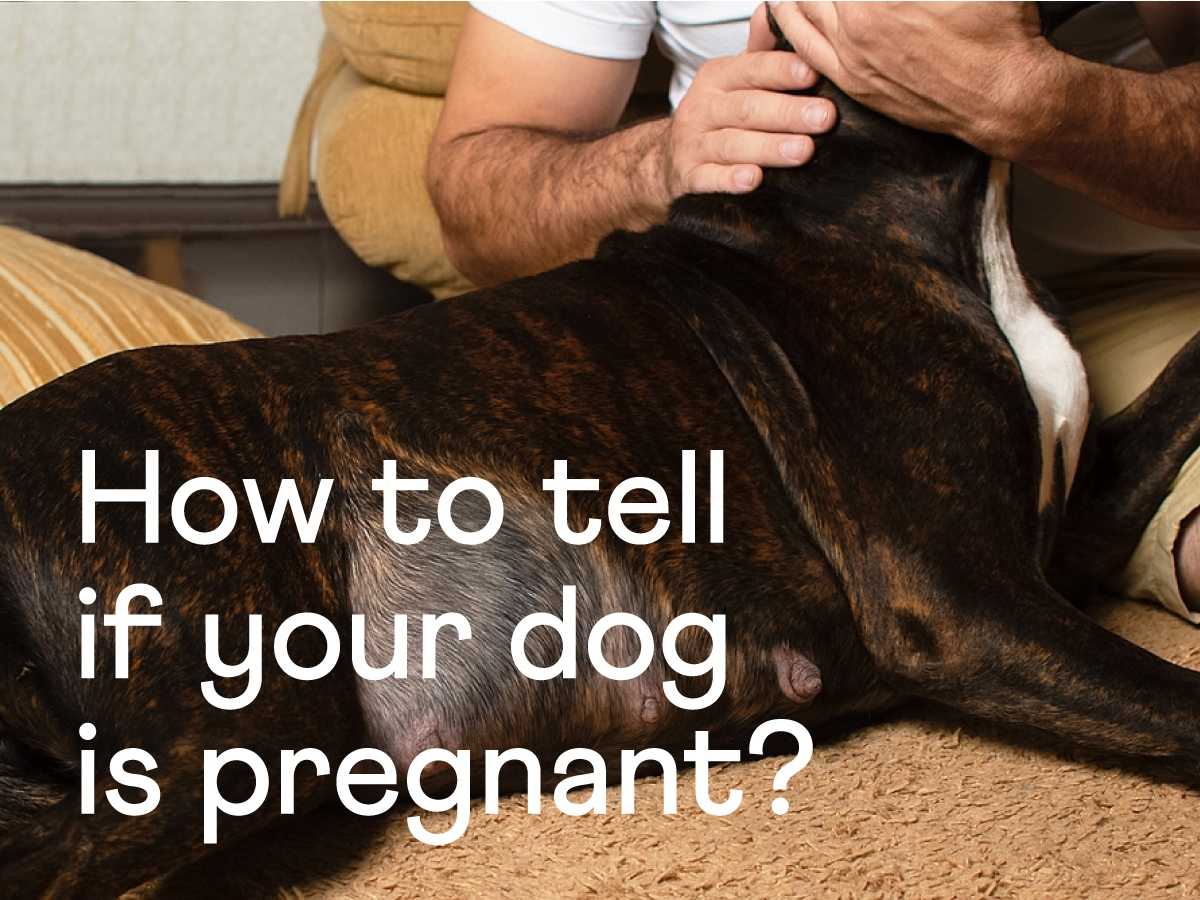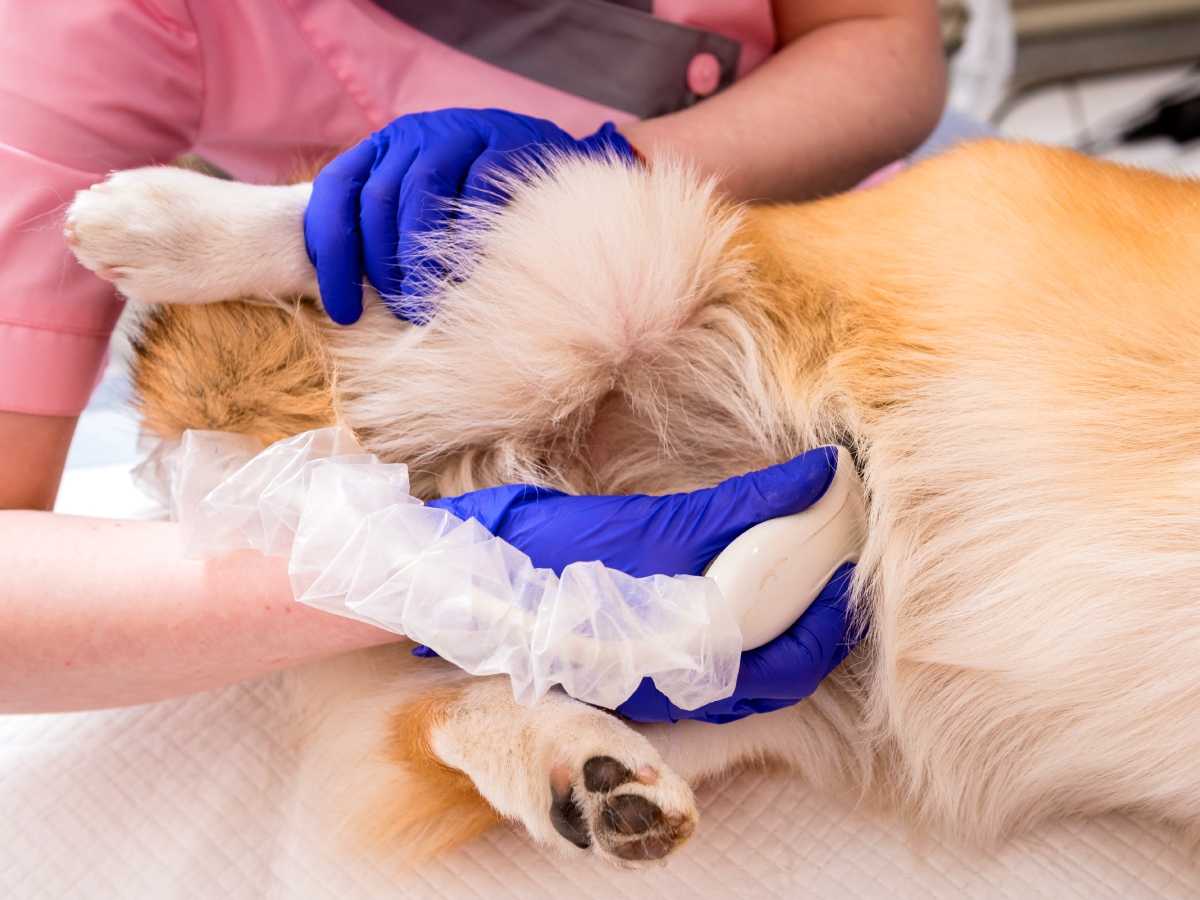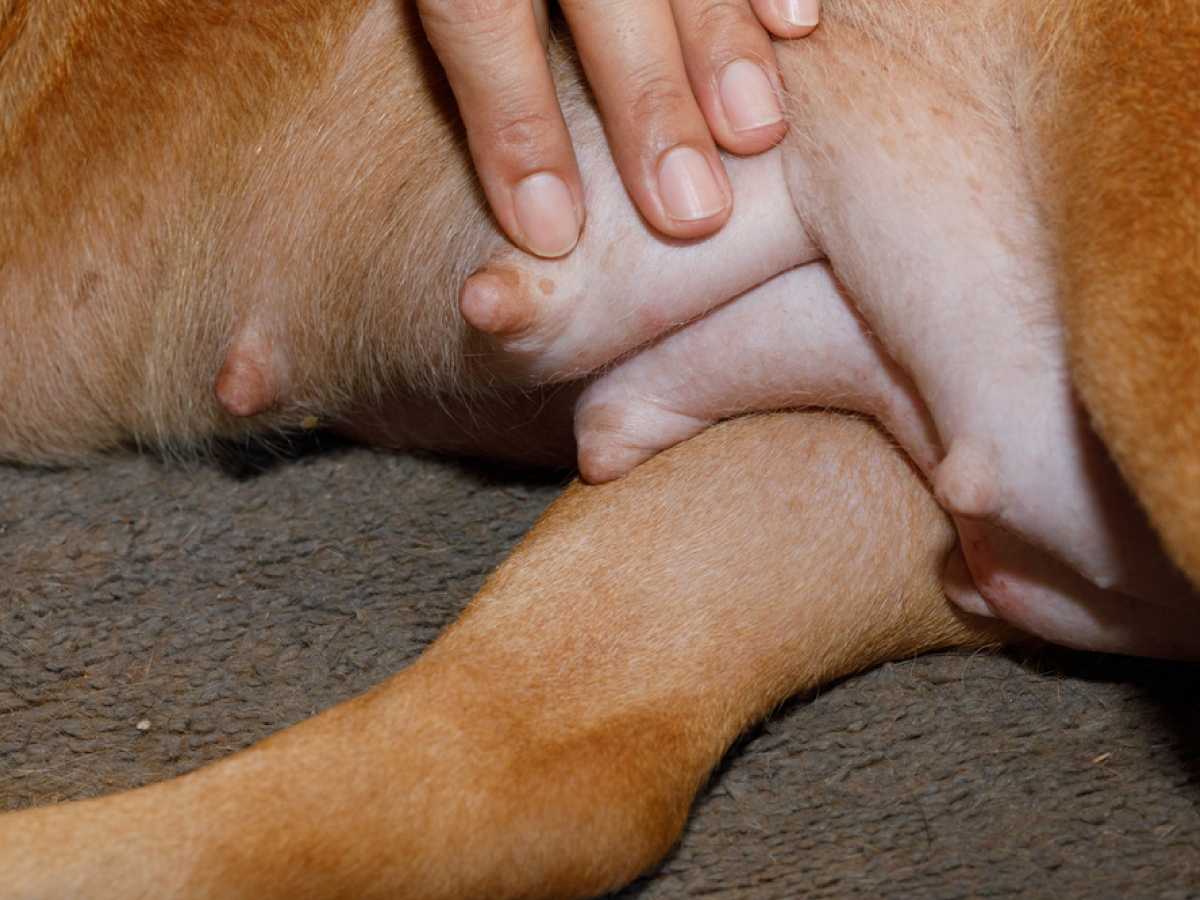
How To Tell If Your Dog Is Pregnant?
If you suspect your dog may be pregnant, it can be a confusing and stressful time. Finn is here with your guide to some signs you should look for.
Obesity is an epidemic among dogs, which means most dogs carry a little extra weight. However, if you have not yet had your dog spayed, you must know the difference between a few pounds and possible pregnancy.
Although your veterinarian is the ultimate resource, we have a few tips to help you tell if your dog is pregnant.
At What Age Can Dogs Be Spayed?
Many unintended pet pregnancies happen before their spay surgery date. Sometimes, it’s due to a simple lack of knowledge about the preferred time frame for performing the surgery.
It may surprise you to find out that you can have your dog spayed as a relatively young puppy. While the ultimate go-ahead has to come from your dog’s vet, the American Animal Hospital Association (AAHA) has a few helpful life stage guidelines.
If you have a small-breed dog (with a projected bodyweight of fewer than 45 pounds), you should schedule her spay surgery before her first heat cycle (around five to six months of age). Large-breed dogs may need to wait a little longer, and the AAHA suggests not scheduling surgery until after they have stopped actively growing.
How Long Does a Dog’s Pregnancy Last?
Unlike human pregnancy, which usually lasts about nine months, a dog’s pregnancy is much shorter at about two months (usually 62 - 64 days). However, this timing can vary depending on the actual date of conception (which can be challenging to know for sure) and the dog’s breed and size.
Veterinarians divide a dog’s pregnancy into three trimesters like humans. Each trimester lasts about 21 days, and the puppies grow more and more every day.
How Can I Tell if My Dog Is Pregnant?
Unfortunately, they don’t sell an over-the-counter home pregnancy test for dogs. The most accurate way to know for sure is to rely on diagnostic tests that your vet can perform.
There are a few specific tests that you may want to discuss.
The Palpation Method
For decades, many vets have been using the palpation method to look for pregnancy. However, the technique does rely on knowing exactly when your dog got pregnant, as your vet can only perform it around the 28 - 30 day mark. They are feeling for small bumps in your dog’s abdomen, which should be the size of grapes or small golf balls (depending on the dog’s size).
Those bumps aren’t the puppies themselves but the fluid-filled gestational sacs that surround them. Only practiced veterinarians should use the palpation method, as it can potentially harm the developing puppies if performed improperly.
Ultrasound
If you want a little more accuracy, you can request that your veterinarian perform an ultrasound.
Like the palpation method, ultrasounds have a specific range for when they are the most accurate (between 25 and 35 days into your dog’s gestation period). Ultrasounds are the most helpful in estimating the number of puppies present, as they can pick up their heart rates. For reference, a puppy’s heart rate is 2 - 3 times faster than an adult dog’s.
Hormone Testing
Hormones play a big part in the pregnancies of all species. With dogs, the hormone most effective for checking for an active pregnancy is relaxin.
Around 25 - 30 days into your dog’s pregnancy, your vet will perform a blood test to check for the presence of relaxin. The level of relaxin in her system doesn’t particularly matter, but the fact that it is present is enough to indicate pregnancy.
X-Ray
While human doctors don’t recommend that we have abdominal x-rays done during our pregnancies, x-ray diagnostics remain the most effective way to diagnose the condition for our furry friends. Your vet will look at the x-ray and count the spines, which is the best way to know exactly how many puppies to expect.
What Are The Signs of Pregnancy?
Not everyone can schedule a prompt vet appointment to check for pregnancy. However, if you’re looking for ways to learn how to tell if your dog is pregnant, there are a few subtle signs and symptoms.
First of all, most dogs don’t develop morning sickness the same way we do. If they start to have nausea or vomiting, it usually occurs for just a few days, around the 3rd or 4th week of their pregnancy.
If your dog is throwing up and you suspect pregnancy, schedule an appointment with your vet to rule out other potential causes.
More accurate signs to look for include the following:
- Vaginal discharge that occurs around a month after being bred
- A change in the color, size, and prominence of your dog’s nipples
- Weight gain
- A reduced appetite (in the first half of her pregnancy)
- More easily fatigued
- A swollen belly
- More affectionate
- Follows you around more than usual
Understanding Nesting
One of the more interesting biologically-driven behaviors that pregnant dogs exhibit is their need to “nest” during gestation. Nesting behavior, which is very similar to the behavior pregnant humans unconsciously perform right before giving birth, relates to their need to “get ready” for their new family.
Think of it as your dog building a nest (like a bird). Your dog will start to show these behavioral changes around 48 hours before labor. Typical nesting behavior includes bringing toys, towels, and other soft objects to a specific place (often their bed or a closet) or tearing up newspaper.
Does My DogNeed Special Nutrition During Their Pregnancy?
We’ve all heard the phrase “eating for two,” but does that pertain to our dogs, too? Yes!
In fact, it may be even more true when applied to our pets, as they will likely give birth to at least five to six puppies per pregnancy. Really, it’s more like eating for six!
Most dogs already being fed a healthy diet don’t need much more in the way of baseline nutrition. However, the amount they eat will increase during gestation, and pet owners should ensure that they are getting all of their basic essential vitamins and minerals (and supplement as needed).
Keep in mind that finding the proper amount of calories (check with your veterinarian for more specific advice) is crucial. Too many calories can lead to obesity and make it harder for your dog to give birth.
Your dog also needs more nutrition after they have given birth as well. Lactation, especially when your dog has had a lot of puppies, puts a lot of caloric burden on them. The proper caloric density helps your dog make the milk they need to feed them all.
How Should I Get Ready for Puppies?
As the end of the pregnancy approaches and your dog starts to exhibit nesting behavior, it’s also time for you to get ready to have newborn puppies around.
Although she will have likely already made herself a nest, you’ll also want to set up a whelping box. With a whelping box, you can provide your dog with a safe, temperature-controlled, draft-free place to have their puppies. You can purchase a whelping box or even make one out of a small, plastic children’s swimming pool. The only caution is that it needs to be the right height so that your dog can easily get in and out of it and be located in a relatively quiet area.
Other supplies that are helpful to have before your dog gives birth include:
- Dry, clean towels
- Newspaper and paper towels
- A heat lamp
- A bulb syringe (to help remove fluid from the puppies’ noses and mouths)
- Light corn syrup
- Unwaxed dental floss and clean, sterilized scissors
You’llwant to make sure that you are familiar with the labor and birthing process. If it’s your first time having a pregnant dog, you should have someone experienced in helping dogs give birth on call. While dogs have been giving birth to puppies long before humans domesticated them, there are still plenty of things that can go wrong.
What Are Signs of Potential Complications?
You know your dog better than most people. During the birthing process, it’s vital to recognize the signs of potential complications so that you can act quickly if they occur.
- Your dog is trembling, shivering, or even collapsing.
- Your dog’s rectal temperature dropped over 24 hours ago, but she hasn’t gone into labor.
- It’s been more than two hours since contractions started, and your dog has yet to have any puppies.
- Your dog has delivered all of the puppies but not all placentas.
- Your dog passes a bloody or green discharge before any puppies are born.
- It’s been 64 days since your dog was mated, and she is not showing any signs of going into labor.
In Summary
Whether you are expecting it or not, having a pregnant dog can mean a significant change in your life. Learning to tell if your dog is pregnant and what that process entails can keep her safe and healthy even if it was unintentional.
Finn is here for you and your precious pet through all of the stages of their life, so follow us for more health and wellness information!
Sources:
2019 Canine Life Stage Guidelines | AAHA
Breeding and Reproduction of Dogs | Merck Vet Manual
Plasma relaxin levels in pregnant and lactating dogs | PubMed








Comments: